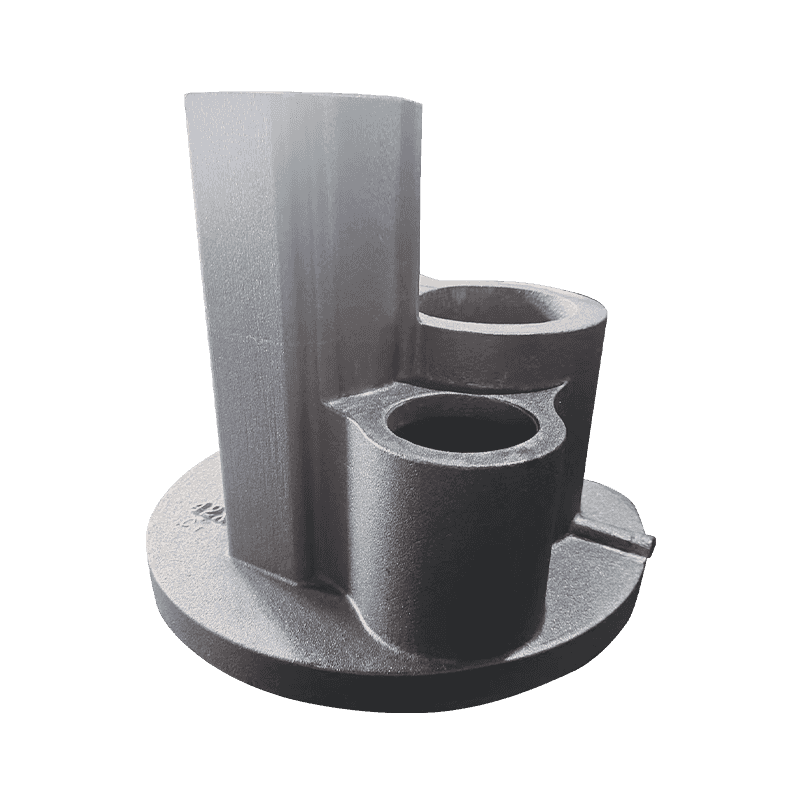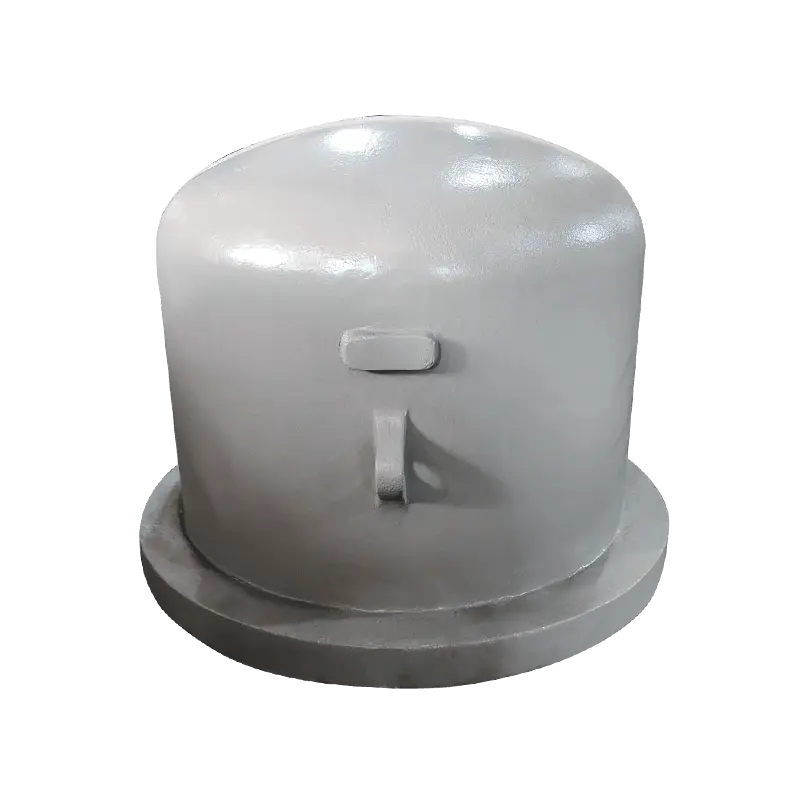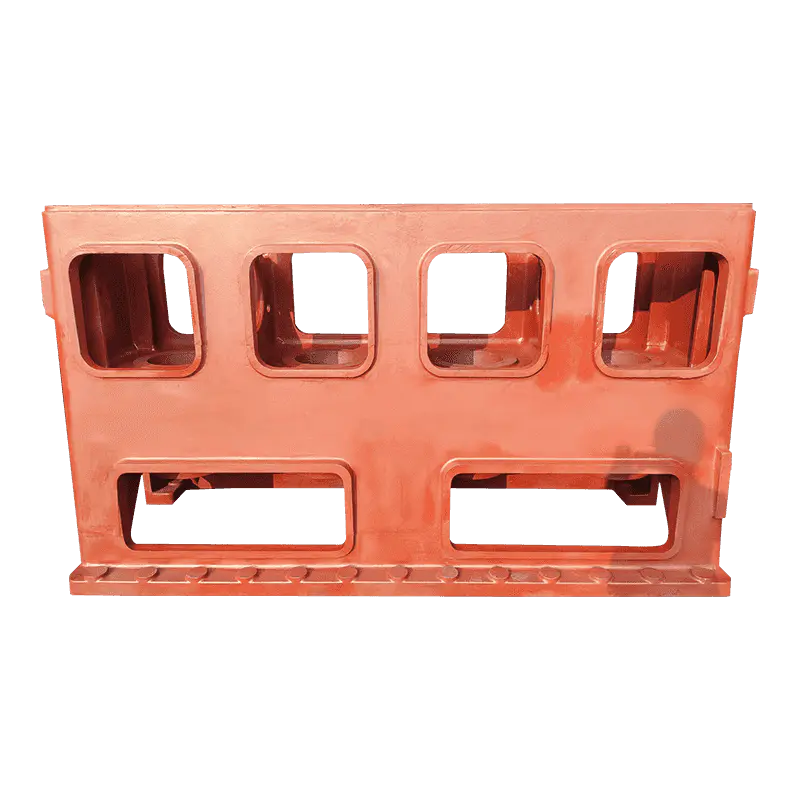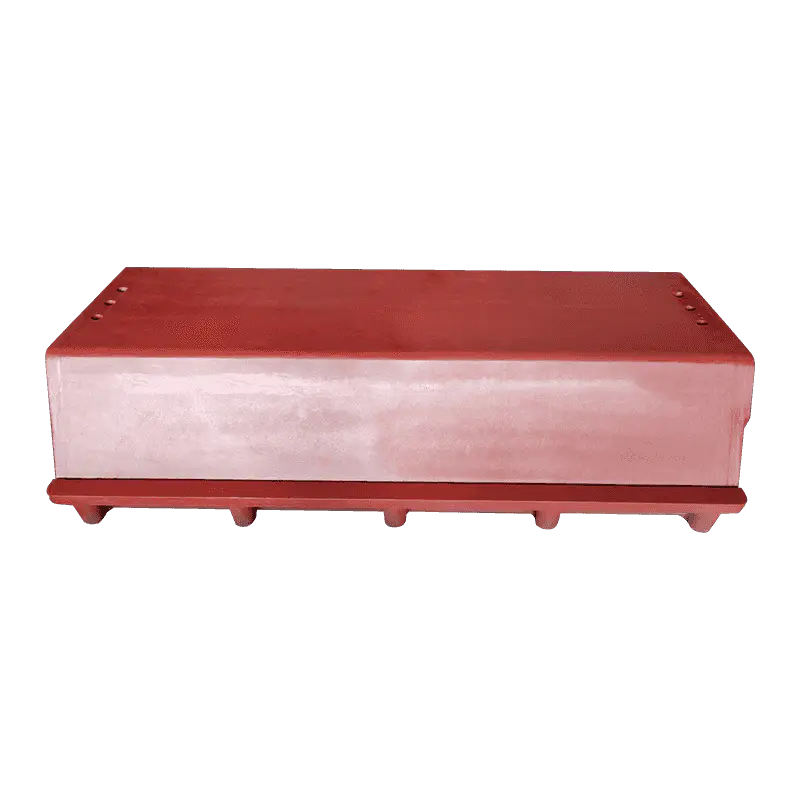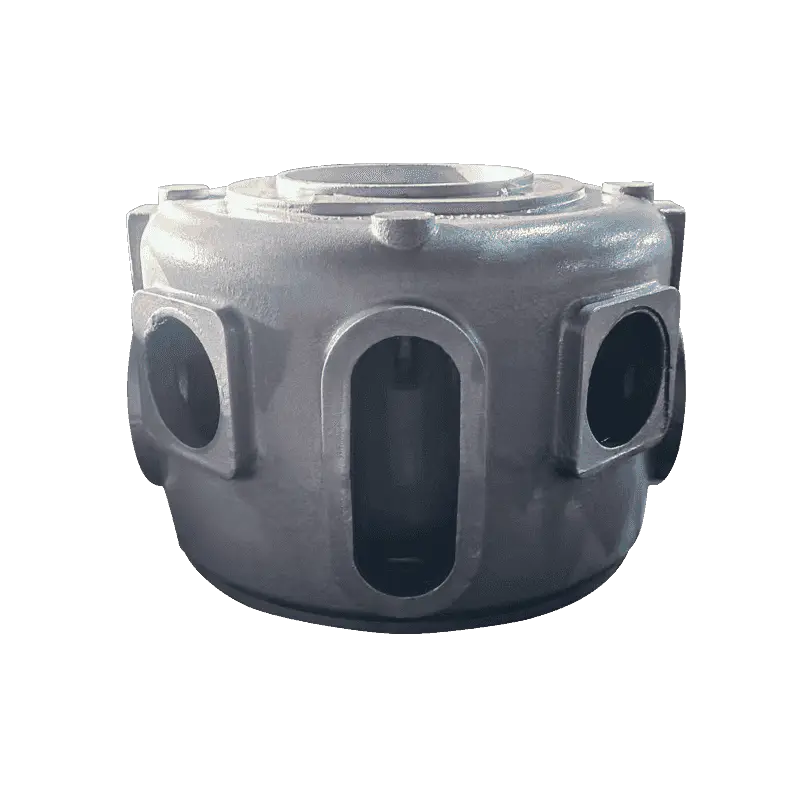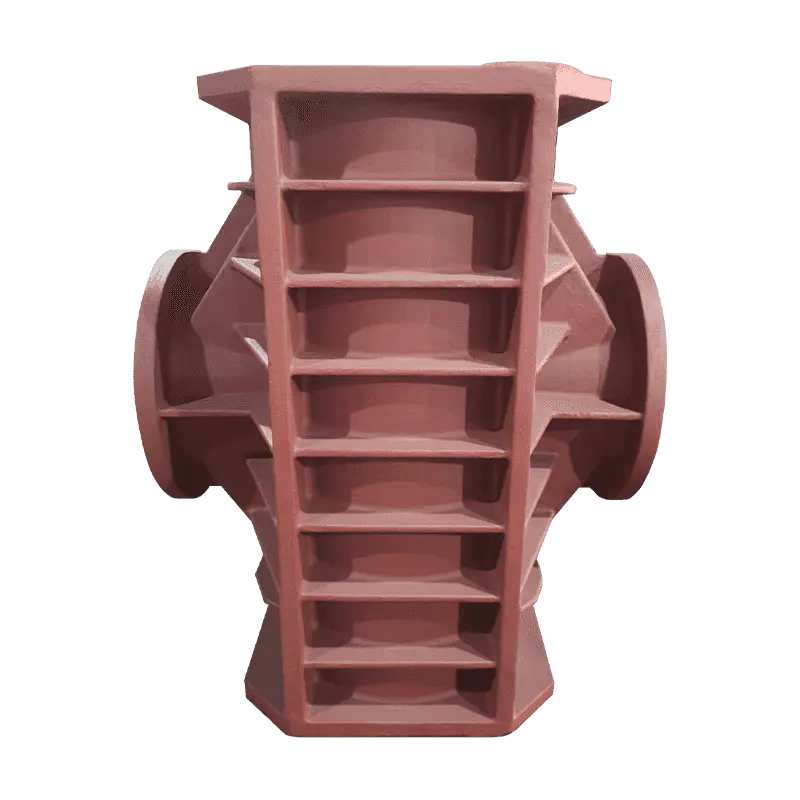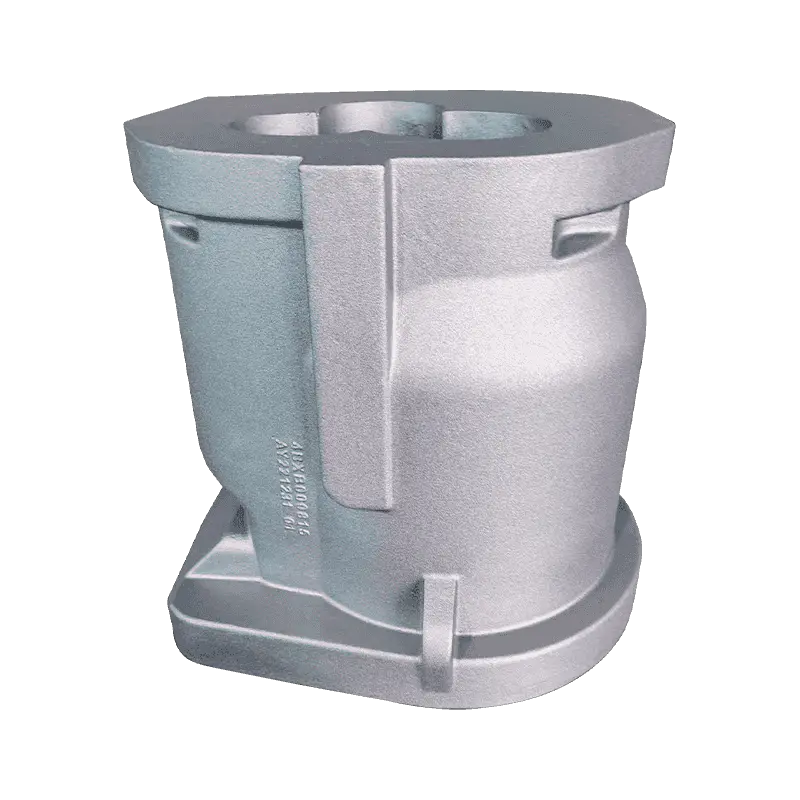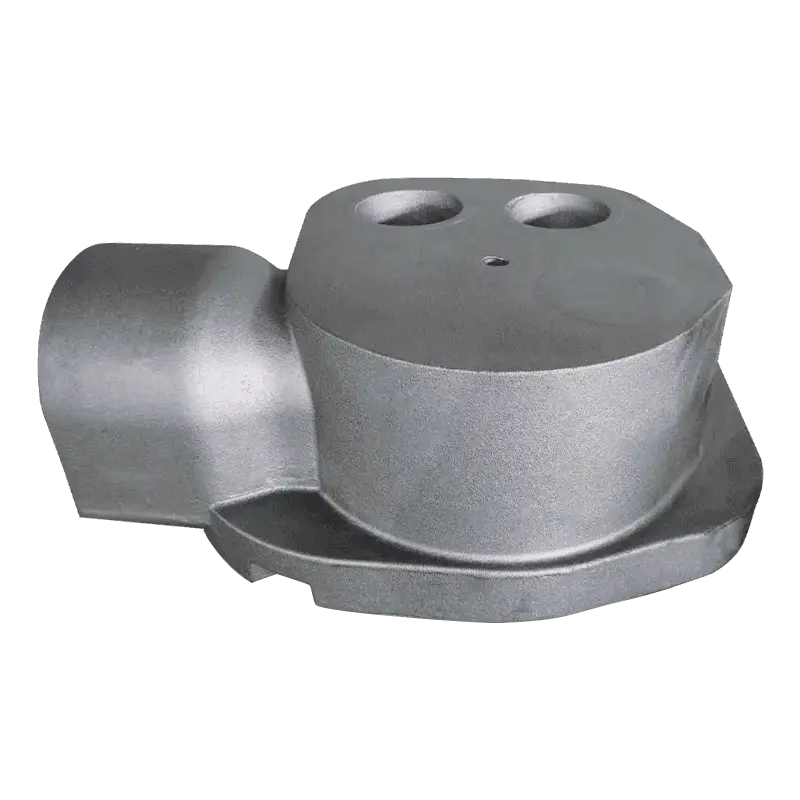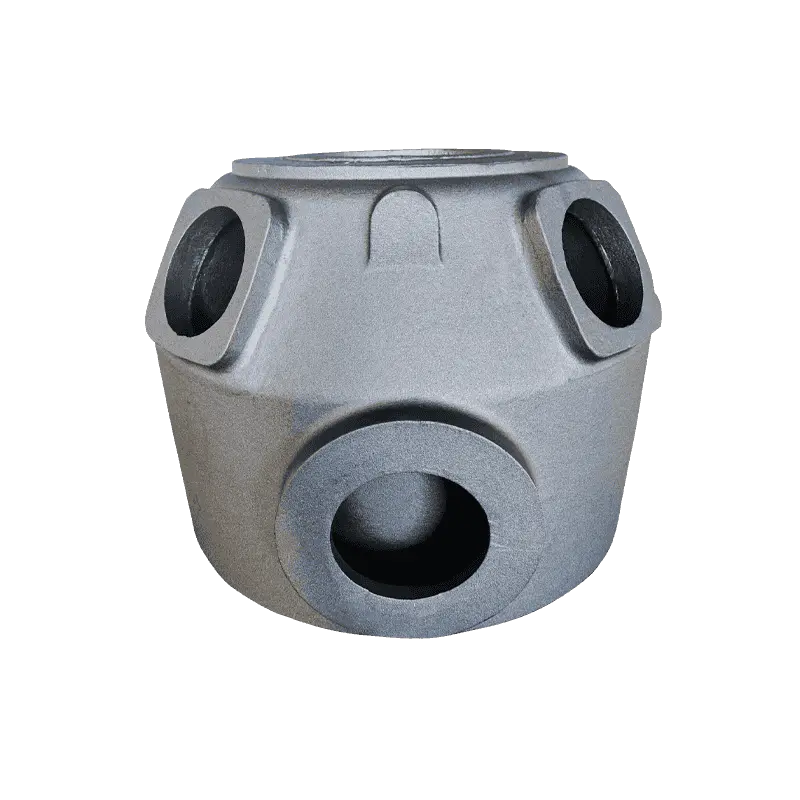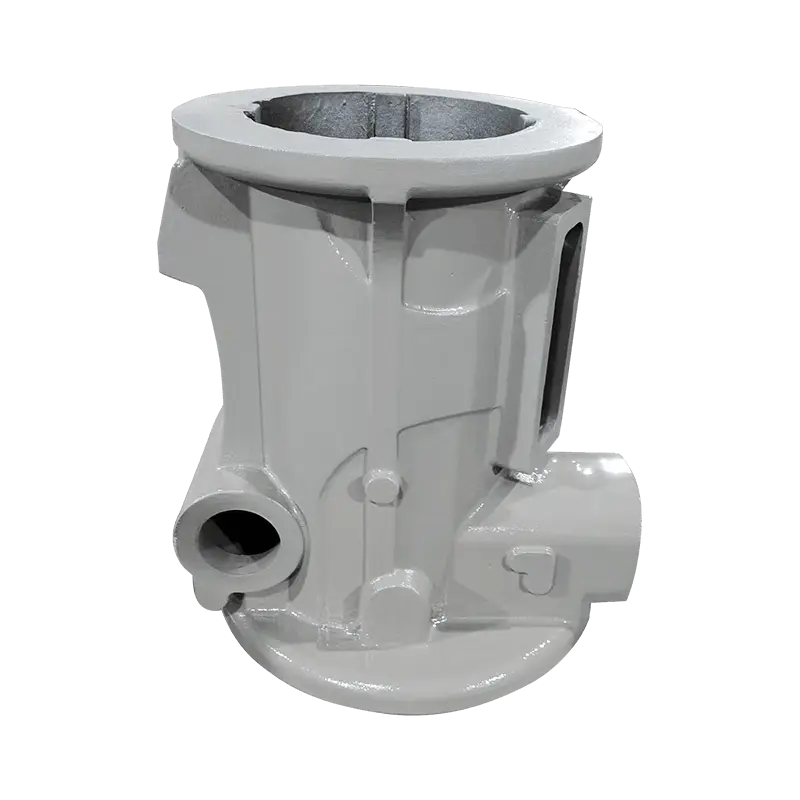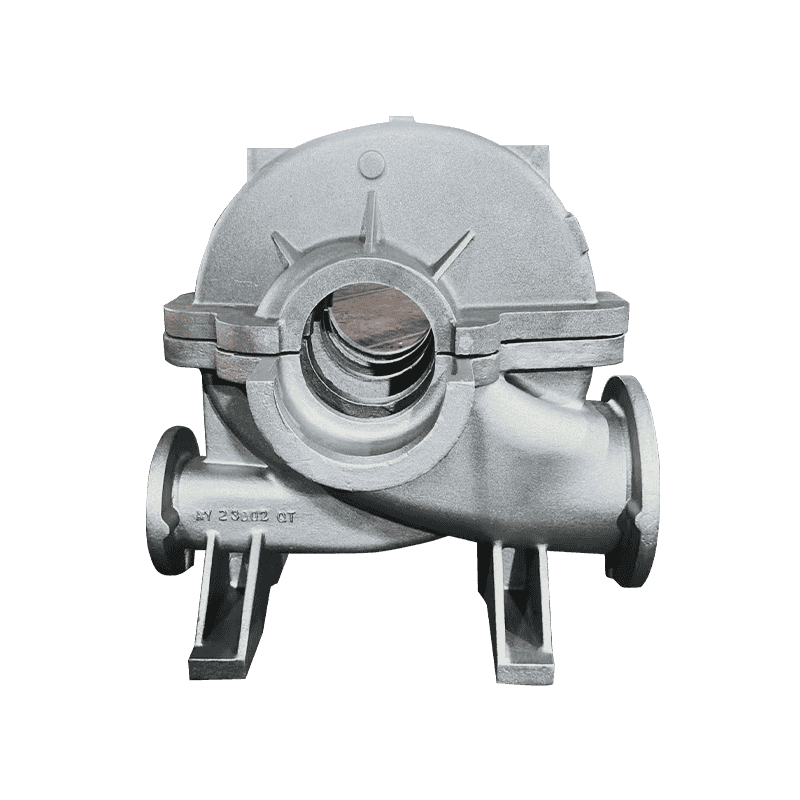The internal surfaces of compressor castings directly interact with the high-velocity airflow passing through the compressor. When surface roughness is elevated, it increases the frictional drag exerted on the fluid due to irregularities such as microscopic peaks, valleys, and ridges. These surface imperfections disrupt the smooth flow of air, causing turbulence and energy dissipation in the form of heat. The resulting aerodynamic losses require the compressor to expend additional mechanical energy to maintain the desired flow rate and pressure output, thereby reducing overall energy efficiency and increasing operational costs. Minimizing surface roughness on critical airflow passages improves laminar flow conditions and enhances compressor performance.
The boundary layer is a thin region of fluid near the solid surface where velocity gradients are significant. The characteristics of this layer—laminar or turbulent—depend heavily on the surface texture. Smooth surfaces encourage a laminar boundary layer that adheres closely to the casting wall with minimal mixing, reducing frictional resistance. In contrast, rough surfaces induce premature transition from laminar to turbulent boundary layers, increasing flow separation and mixing losses. This increased turbulence elevates pressure drop along the flow path and reduces the aerodynamic efficiency of the compressor stages. Effective control of surface finish is thus essential to optimize boundary layer behavior and maintain flow stability under varying operational conditions.
Compressor castings often form part of assemblies where airtight seals and precise mating surfaces are required to maintain internal pressures. Excessive surface roughness at these interfaces can prevent full contact or create micro-channels through which compressed air can leak. Such leakage reduces the compressor’s capacity to sustain target pressure differentials, diminishing overall system effectiveness and potentially causing safety or performance issues. Surface irregularities can accelerate wear on sealing components such as O-rings or gaskets, further compromising long-term sealing integrity. Therefore, achieving controlled surface roughness within specified limits is critical to ensuring reliable pressure retention and operational safety.
Rough surface profile can act as a trap for particulate contaminants, moisture, and corrosive agents present in the compressed gas or environment. Over time, these factors promote abrasive wear, pitting, and corrosion, which further exacerbate surface roughness and degrade component performance. This progressive deterioration leads to increased frictional losses, flow disturbances, and leakage issues, reducing compressor efficiency and shortening maintenance intervals. Utilizing corrosion-resistant alloys and protective surface treatments, along with maintaining smooth initial surfaces, helps mitigate these degradation mechanisms and extend component service life.
The initial surface roughness of Compressor Castings Parts is primarily determined by the casting process used—whether sand casting, investment casting, or die casting—each producing different surface textures and microstructural characteristics. To meet stringent aerodynamic and sealing requirements, post-casting finishing operations such as precision machining, grinding, honing, or polishing are applied to reduce roughness to desired levels. Defining quantitative surface roughness parameters (e.g., Ra, Rz, or Rt values) within engineering specifications enables consistent quality control and verification. These finishing steps, while adding manufacturing cost, deliver significant performance improvements by ensuring optimal airflow characteristics and sealing effectiveness.

